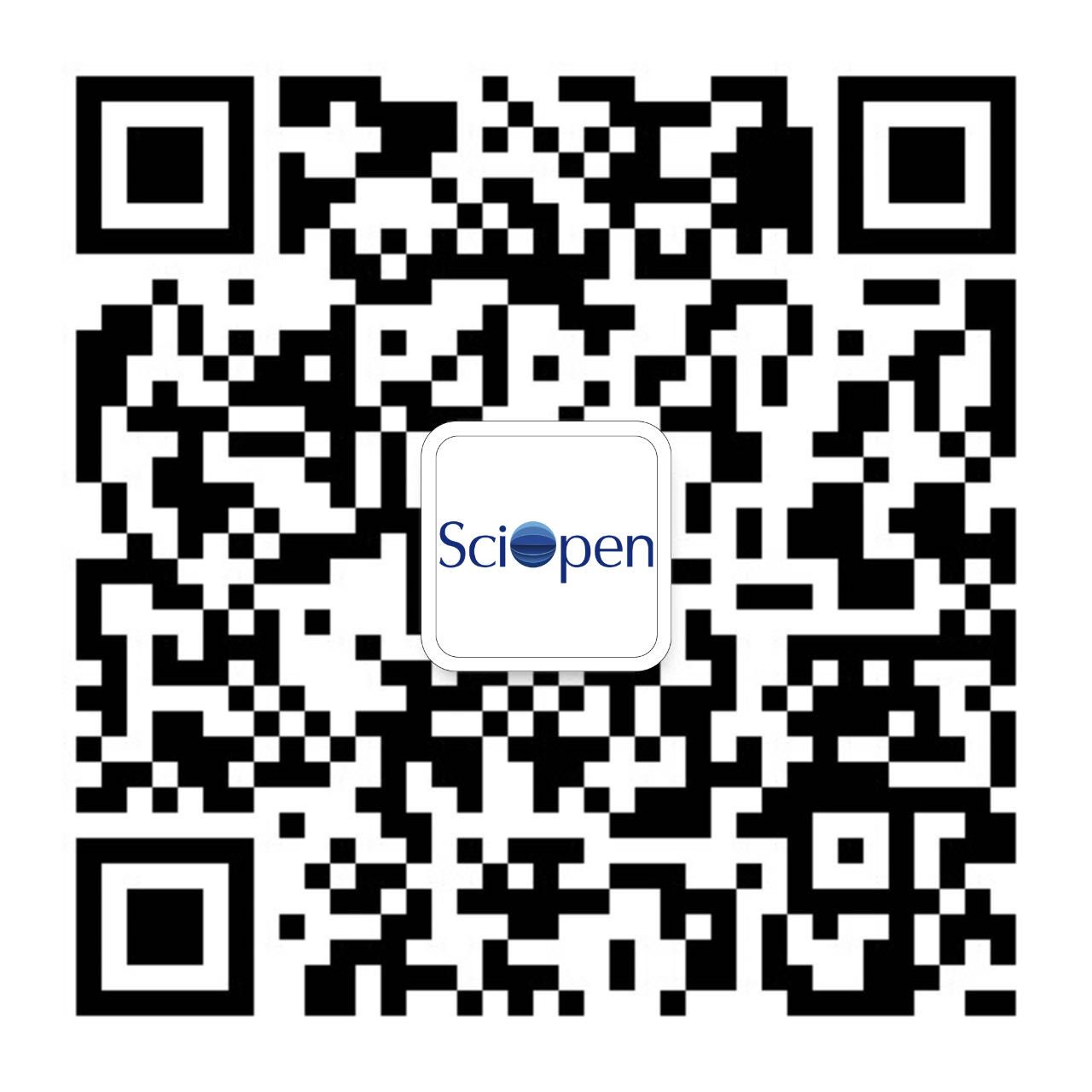Excessive accumulation of cadmium (Cd) impairs crop growth by inducing oxidative damage through the generation of reactive oxygen species (ROS). In this study, a biocompatible ferruginated carbon quantum dots (Fe-CQDs) nanozyme is developed to target ROS, thereby reducing oxidative damage and improving the absorption and transfer of Cd ions in wheat. Notably, Fe-CQDs exhibit multi-enzyme activities mimicking peroxidase (POD), catalase (CAT), and superoxide dismutase (SOD), enabling effective neutralization of active species such as hydroxyl radicals (•OH), hydrogen peroxide (H2O2), and superoxide anions (O2•−). Importantly, root application of 10 mg L−1 Fe-CQDs alleviates Cd stress and promotes wheat growth in both hydroponic and soil cultures. Specifically, the levels of O2•−, H2O2, and malondialdehyde (MDA) in leaf tissues decrease, whereas the non-enzyme antioxidant, reduced glutathione (GSH), increases. Cell wall thickness in the Fe-CQDs-treated group is reduced by 42.4% compared with the Cd group. Moreover, Fe-CQDs enhance the expression of genes related to antioxidants, stress resistance, Cd detoxification, and nutrient transport. Transcriptomic and metabolomic analyses show that Fe-CQDs stimulate the production of flavonoids and regulate the activity of metal transporter genes (YSL, ABC, ZIP) to maintain ROS homeostasis. These findings highlight the potential of Fe-CQDs nanozyme platforms in mitigating oxidative damage and enhancing crop growth, offering new insights into the application of nanobiotechnology in agriculture.
Publications
Article type
Year
 Open Access
Research paper
Issue
Open Access
Research paper
Issue
The Crop Journal 2025, 13(2): 510-523
Published: 01 March 2025
Downloads:3






 京公网安备11010802044758号
京公网安备11010802044758号